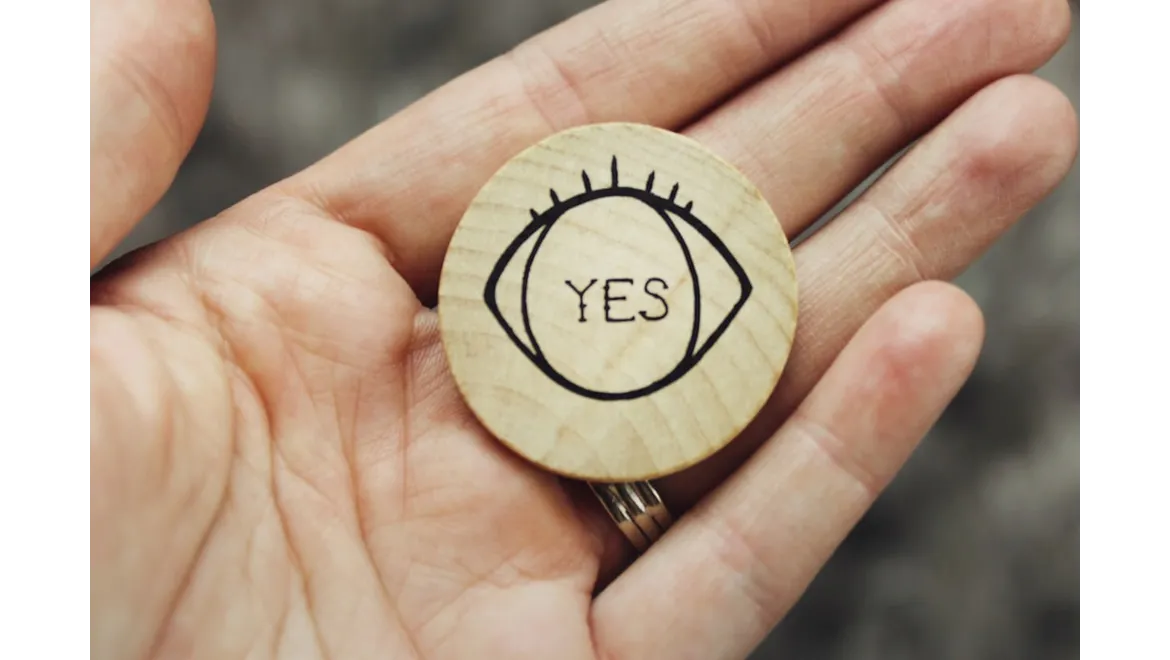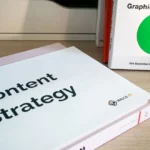Embarking on the journey of predictive analytics to anticipate customer behaviour on social media felt like opening a treasure chest of insights. As someone who has always been fascinated by the intersection of data and human behaviour, diving into this realm was nothing short of exhilarating. Here’s a step-by-step recount of my experience, so you can replicate the process and perhaps, like me, find a new appreciation for the power of predictive analytics.
Setting the Scene: Understanding Predictive Analytics
Predictive analytics, for the uninitiated, is like having a crystal ball powered by data. It uses historical data, algorithms, and machine learning to forecast future events. When applied to social media, it helps brands anticipate customer behaviour, enabling proactive rather than reactive strategies. The first step in my journey was to grasp these foundational concepts. I delved into online courses and read extensively on the subject.
Gathering the Data
The next step was to gather data. Social media platforms are a goldmine of information, but extracting this data requires the right tools. I opted for Python, a versatile programming language, combined with libraries like Tweepy for Twitter and Facebook’s Graph API. These tools allowed me to scrape data efficiently. I focused on collecting data points such as likes, shares, comments, and follower growth over a six-month period.
To ensure the quality of the data, I set parameters to exclude irrelevant information. For instance, I filtered out posts unrelated to my focus industry to avoid skewing the results.
Cleaning and Prepping the Data
Once collected, the data needed cleaning. I used Python’s Pandas library to handle this task. Cleaning involved removing duplicates, handling missing values, and converting data into a usable format. This step is crucial because any inconsistencies can significantly affect the accuracy of your predictive models.
For example, I encountered several posts with missing engagement metrics. Instead of discarding these entirely, I imputed missing values using the mean engagement rate for similar posts. This ensured that my dataset remained robust without losing valuable information.
Building the Predictive Model
With clean data in hand, the next step was to build the predictive model. I used scikit-learn, a powerful machine learning library in Python. Initially, I started with a simple linear regression model to predict engagement rates based on historical data. However, I quickly realised that customer behaviour on social media is far from linear.
I then experimented with more complex models, such as decision trees and random forests. These models account for non-linearity and interaction between variables, making them more suitable for predicting social media behaviour. I split my data into training and test sets to evaluate the model’s performance, ensuring it could generalise well to unseen data.
Validating and Refining the Model
Validation is key to ensuring your model’s reliability. I used cross-validation techniques, which involve splitting the data into multiple sets and training the model on each set. This helps in understanding how the model performs across different data segments.
Despite initial success, I noticed that my model’s predictions were slightly off during high engagement periods, like product launches. To address this, I incorporated additional features such as time of day and type of content (video, image, text). This refinement significantly improved the model’s accuracy.
Interpreting the Results
Interpreting the results was perhaps the most exciting part of the journey. The predictive model provided insights into what drives customer engagement. For instance, it highlighted that video content posted during weekends saw a 20% higher engagement rate compared to weekdays. Additionally, posts with questions or calls-to-action were more likely to be shared.
These insights were invaluable. They allowed me to craft more effective social media strategies, such as scheduling high-impact content for weekends and incorporating interactive elements into posts.
Taking Action
Armed with these predictions, I could now tailor my social media strategy proactively. Instead of waiting to see how posts performed, I could anticipate their success and tweak them accordingly. This not only boosted engagement but also fostered a deeper connection with the audience.
Reflecting on the Journey
The adventure of diving into predictive analytics on social media was enlightening. It highlighted the profound impact that data-driven insights can have on understanding and anticipating customer behaviour. By meticulously gathering, cleaning, and analysing data, building robust predictive models, and interpreting the results, I could foresee and shape the future of my social media engagement.
Predictive analytics transformed my approach, turning data into actionable insights. It’s a powerful tool that, when wielded correctly, can revolutionise how you connect with your audience. If you’re keen on understanding your customers better and staying ahead of the curve, I highly recommend embarking on this journey. It’s an investment in knowledge that pays dividends in engagement and customer loyalty.











